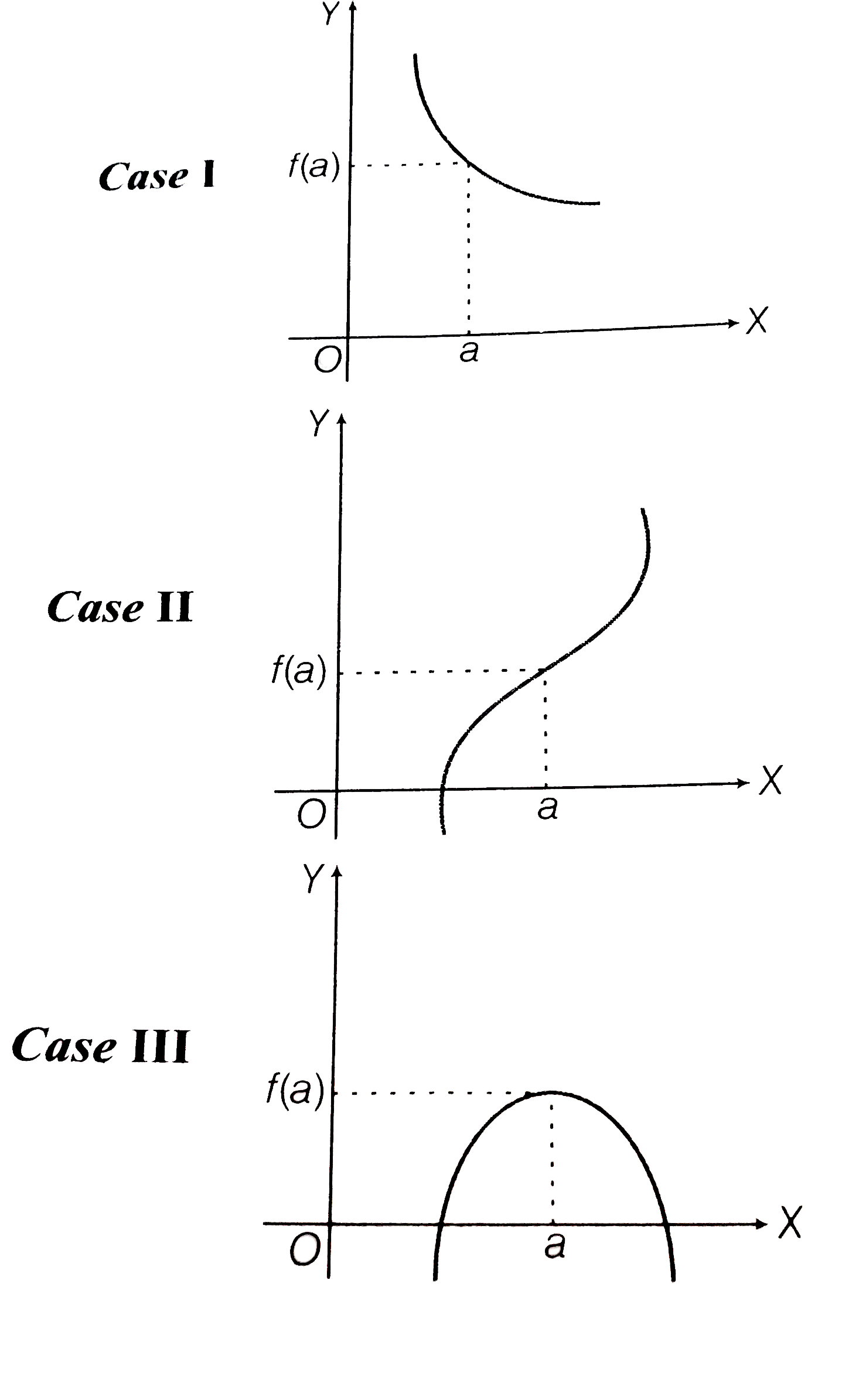Let f(x)=limn→∞n−1∑r=0x(rx+1){(r+1)x+1}. ThenSolution in Punjabi
f(0)=0
f(0)=x
f(0+)=1
f(0−)=1
The correct Answer is:A
Step by step video & image solution for Let f(x)=underset(nrarroo)(lim)sum_(r=0)^(n-1)(x)/((rx+1){(r+1)x+1}). Then by Maths experts to help you in doubts & scoring excellent marks in Class 12 exams.
Updated on:21/07/2023Topper's Solved these Questions
- LIMITSBook:ARIHANT MATHSChapter:LIMITSExercise:SOLVED EXAMPLES
Explore 1 Video
- LIMITSBook:ARIHANT MATHSChapter:LIMITSExercise:Exercise (Single Option Correct Type Questions)
Explore 38 Videos
- INVERSE TRIGONOMETRIC FUNCTIONSBook:ARIHANT MATHSChapter:INVERSE TRIGONOMETRIC FUNCTIONSExercise:Exercise (Questions Asked In Previous 13 Years Exam)
Explore 8 Videos
- LOGARITHM AND THEIR PROPERTIESBook:ARIHANT MATHSChapter:LOGARITHM AND THEIR PROPERTIESExercise:Exercise (Questions Asked In Previous 13 Years Exam)
Explore 4 Videos
Similar Questions
To evaluate limx→a[f(x)], we must analyse the f(x) in right hand neighbourhood as well as in left hand neighbourhood of x=a. E.g. In case of continuous function, we may come across followign cases.


Iff(a) is an integer, the limit will exist in Case III and Case IV but not in Case I and Case II. If f(a) is not an integer, the limit exists in all the cases. ltbgt If f'(1)=−3 and limx→1[f(x)−12] does not exist, (where [.] denotes the greatest integer function), then
View Solutionlimx→0sin(πcos2(tan(sinx)))x2 is equal to
View SolutionIf α=3sin−1(611andβ=3cos−1(49), where the inverse trigonometric functions take only the principal values, then the correct options (s) is (are)
View SolutionIn Which quadrant Point (−2,−3) will be lie.
View SolutionLet f (x) = lim_ (n rarr oo) sum_ (r = 0) ^ (n-1) (x) / ((rx + 1) {(r + 1) x + 1})
View Solution(1+x)(sum_(r=0)^(n)nC_(r)x^(r))+(1+x^(2))(sum_(r=0)^(n-1)(n-1)C_(r)x^(r))+...(1+x^(n))(sum_(r=0)^(1)1C_(r)x^(r))=a_(0)+a_(1)x+, then the value of (a_(1))/(a_(n)+1)+(a_(1))/(a_(n))+(a_(2))/(a_(n-1))+......+(a_(n+1))/(a_(0)) is equal to
View SolutionThe value of sum_(r=1)^(n)(1)/(sqrt(a+rx)+sqrt(a+(r-1)x)) is -
View SolutionStatement -2: n∑r=0(−1)rnCrr+1=1n+1
Statement-2: n∑r=0(−1)rnCrr+1xr=1(n+1)x{1−(1−x)n+1}
View SolutionLet f:R→R differerntiable at x=0 and satisfies f(0)=0 and f'(0)=1, then the value of limx→01x∞∑x→1(−1)nf(xn)is
View SolutionThe coeggicient of x50 in the series
101∑r=1rxr−1(1+x)101−ris
View SolutionIf f(x)=limn→∞11+x2n find f (x) for all real x .
View Solutionव्यंजक n∑r=0(−1)r nCr(1+rx1+nx) का मान है
View Solutionn∑r=11√a+rx+√a+(r−1)x का मान है
View Solutionफलन f:R→R इस प्रकार है कि f(1)= 3 तथा f'(1)= 6, तो Limit'x→0(f(1+x)f(1))1/x का मान होगा-
View SolutionThe coefficient of x50 in the series
101∑r=1rxr−1(1+x)101−ris
View Solution